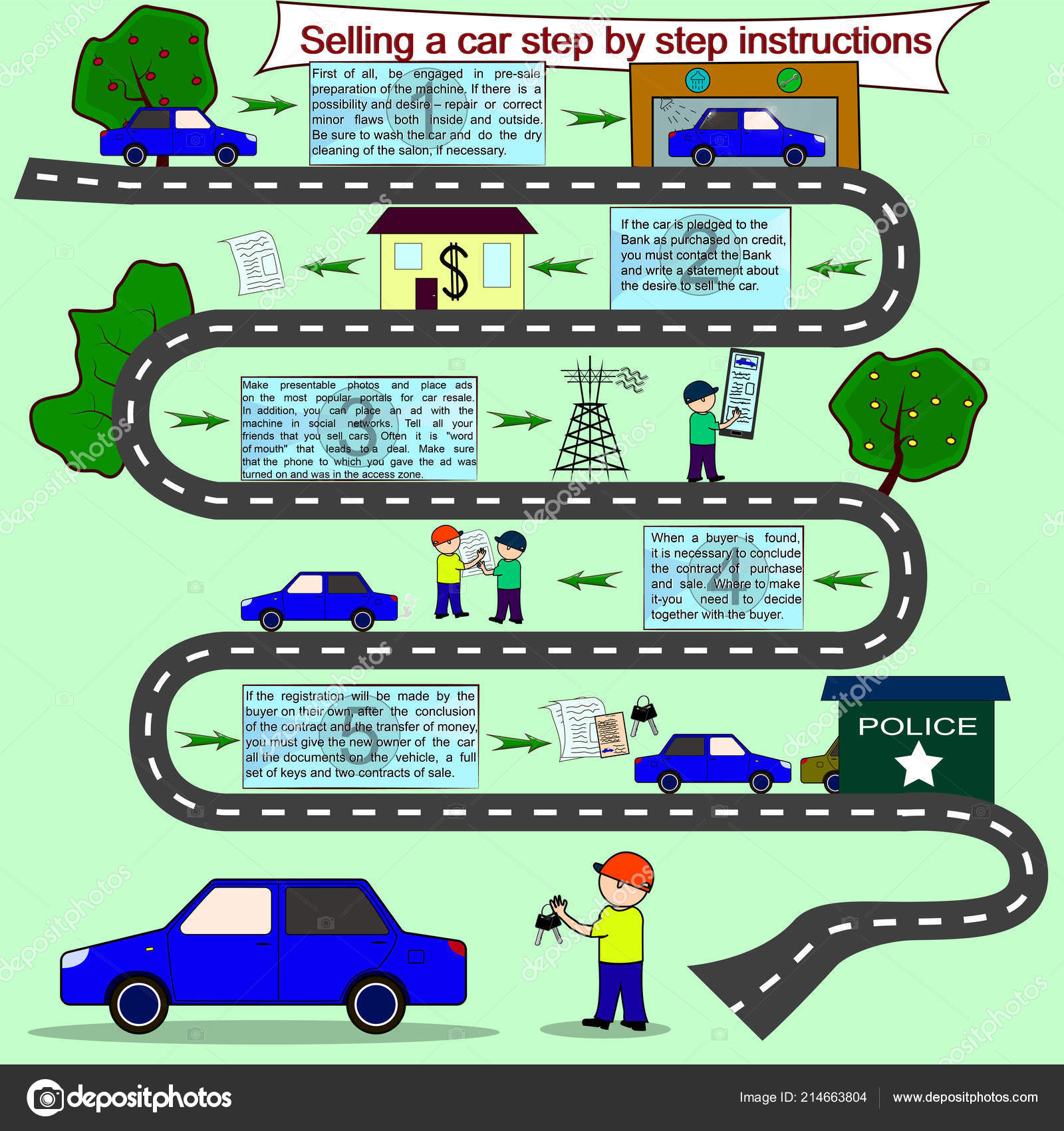However What's The Repair For Squishy Brake Pedals? Discover The Solution Listed Below!
However What's The Repair For Squishy Brake Pedals? Discover The Solution Listed Below!
Blog Article
Content Produce By-Jansen Herring
When it concerns your car's brake system, recognizing usual problems can save you from potential security dangers. From recognizing brake pad wear to addressing brake fluid leaks, recognizing exactly how to deal with these issues is vital. Yet what about those squishy brake pedals? There's a solution for that as well. Remain tuned to find out https://bigislandnow.com/2022/03/23/puna-man-accused-of-burglary-assault-at-automotive-repair-shop/ concerning these concerns and the useful remedies that can maintain you safely when driving.
Brake Pad Put On and Substitute
When it concerns maintaining your vehicle's brake system, one important element to keep an eye on is the wear and replacement of brake pads. Brake pads are necessary components that press against the brake rotors to slow down or quit your vehicle. Over time, these pads wear down as a result of rubbing, needing normal examination and replacement to guarantee your brakes work efficiently.
To establish if your brake pads require substitute, listen for shrilling or grinding sounds when you use the brakes. In https://edwinrmfau.bloggactif.com/31123862/reveal-the-essential-considerations-to-keep-in-mind-when-pondering-between-diy-automobile-repairs-and-enlisting-the-help-of-a-specialist-with-the-help-of-this-helpful-overview , if your lorry takes longer to stop or you see resonances or pulsations when braking, it might be time to change the brake pads.
Ignoring worn brake pads can result in reduced braking efficiency, damage to other brake components, or perhaps brake failure.
Changing brake pads is a fairly simple procedure for several automobiles. Nonetheless, if you're uncertain or awkward doing this task, it's ideal to consult a professional mechanic to make sure correct setup and optimal brake performance.
Consistently examining and changing brake pads is important for your security and the long life of your lorry's stopping system.
Brake Fluid Leaks and Maintenance
To ensure your vehicle's brake system functions optimally, it is essential to also take notice of brake fluid leakages and maintenance. Brake liquid is crucial for transferring the force from your foot on the brake pedal to the actual stopping mechanism. One common problem with brake fluid is leaks, which can happen because of tatty brake lines, seals, or connections. If you see a pool or trickles under your automobile, it's necessary to attend to the leak without delay to avoid a potential brake failure.
Routinely inspecting your brake liquid degree is crucial to maintaining your brake system. Low brake fluid can bring about air entering the brake lines, which compromises braking performance.
Furthermore, old or infected brake fluid can influence the overall effectiveness of your brakes. It's suggested to adhere to the maker's guidelines on when to change the brake liquid, normally every 2 years.
Spongy Brake Pedal: Bleeding Brakes
If you've ever experienced a mushy brake pedal while driving, you understand the relevance of keeping a firm and responsive stopping system. One usual cause of a mushy brake pedal is air entraped in the brake lines. When air gets in the brake system, it can result in a loss of hydraulic pressure, causing that disturbing spongy feeling when you push the brake pedal.
To solve this problem, bleeding the brakes is needed. Bleeding the brakes entails eliminating the air from the brake lines to recover proper hydraulic pressure.
To bleed the brakes, you'll need an assistant to help you. Begin by locating the brake bleeder shutoff on each wheel, normally discovered near the brake caliper. With a wrench, loosen the shutoff and have your helper press the brake pedal while you observe any type of air bubbles appearing. Repeat this process for every wheel, starting from the wheel farthest from the master cyndrical tube and moving more detailed.
Once you no more see air bubbles and just clear fluid arises, tighten up the valve and top up the brake liquid reservoir as needed. Bleeding the brakes helps ensure a firm brake pedal and boosts total stopping performance.
Final thought
Since you recognize typical brake issues and how to fix them, you can ensure your vehicle's safety and security and performance. Keep in mind to pay attention for warning signs like shrilling sounds or spongy brake pedals, and address them promptly. Normal maintenance and timely substitutes are vital to keeping your brakes in leading problem. Remain proactive and alert to your brake system to delight in safe and trustworthy driving experiences.
